Specific Conditions
Specific Conditions are conditions that are specific to your site: Wind, Structure, and Variables
Wind
There are prevailing wind patterns and inconsistent wind patterns. Prevailing wind patterns are relatively constant. An ocean breeze is a good example: over the course of a year this wind pattern may remain roughly the same or change with the seasons, but it is a regular feature of your climate. If you have a particularly strong or severe prevailing wind pattern, account for it when selecting plants and their placement. Delicate plants are badly affected by strong wind, and some plants are sensitive to winter wind burn (especially broadleaf evergreens).
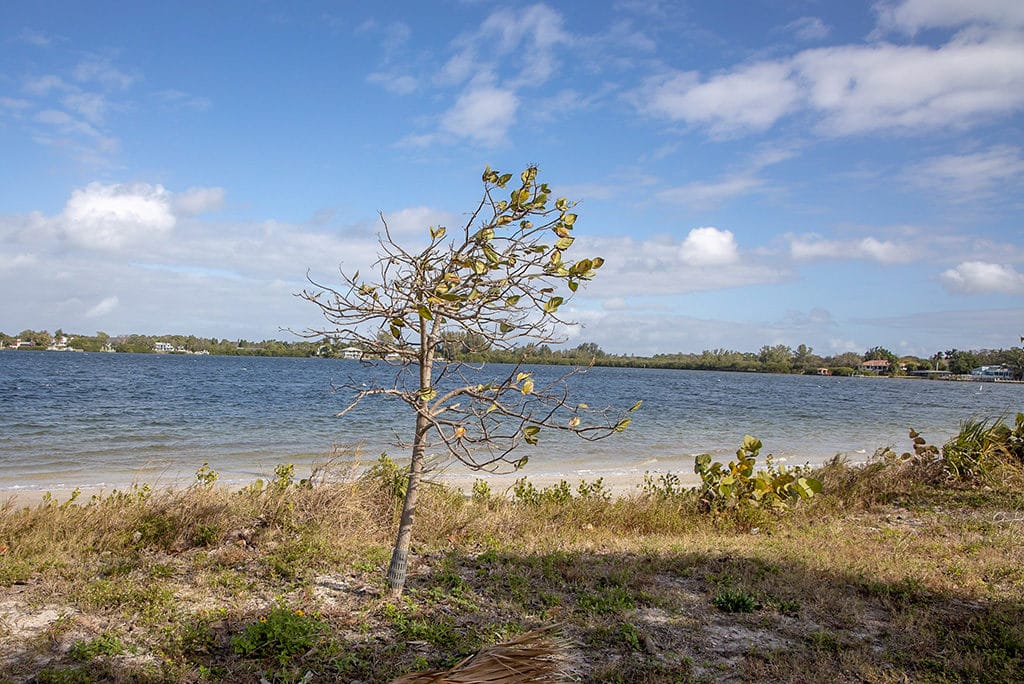
Inconsistent wind patterns occur infrequently, usually during storms. There isn’t a lot you can do about the ravages of nature, but if you live in an area prone to violent storms you may want to pay very close attention to the location of your BIG plants, especially the ones that can blow over and damage your life or your property. Shallow rooted trees near a house can be a real hazard if you live in a tornado zone, for instance. Any tree limbs near a window or hanging over your house can be a source of property damage as well.
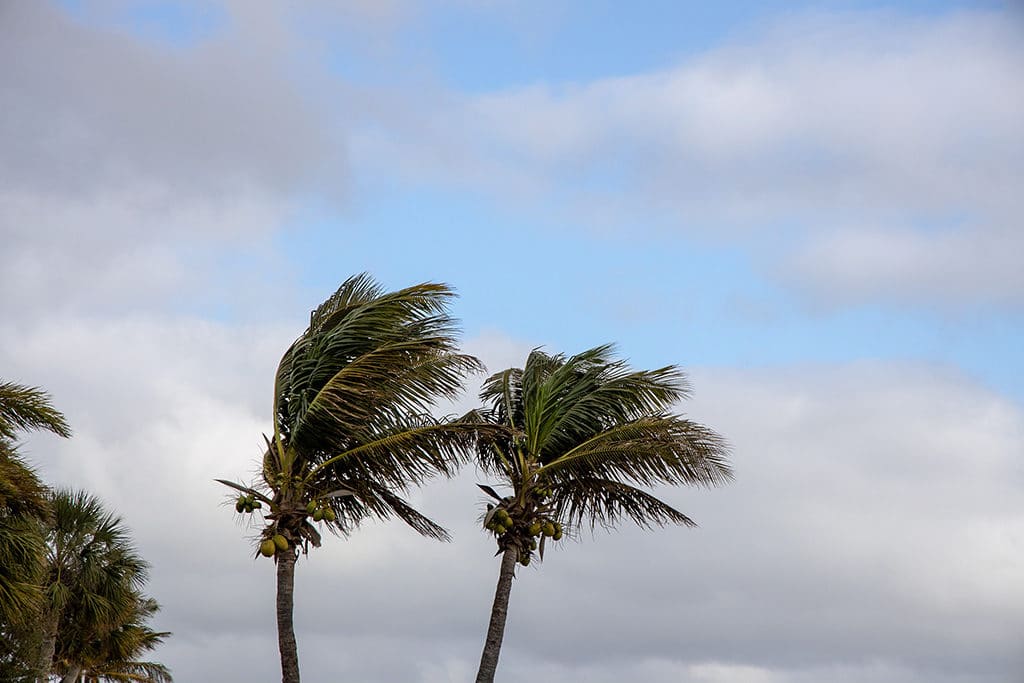
Wind can either be reduced or diverted. Reducing wind requires structures that filter the wind: trees, shrubs, and structures such as lattice, when placed properly, do this well. Thick groups of trees or shrubs with dense foliage will divert the wind rather than reduce its velocity. So will structures like buildings, fences, and walls which are discussed in the next segment.
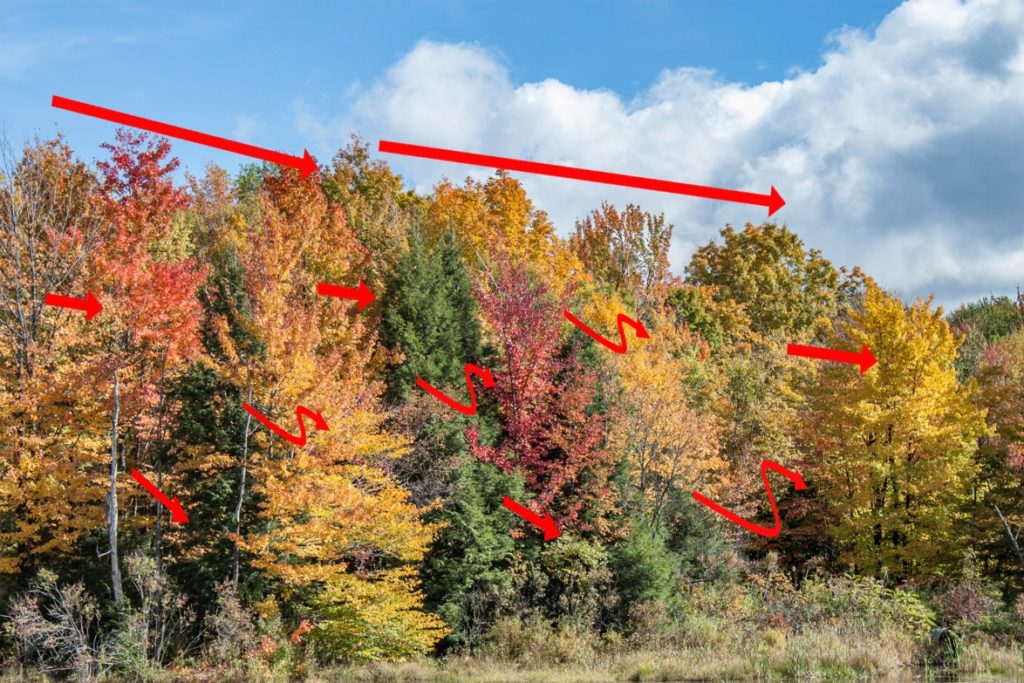
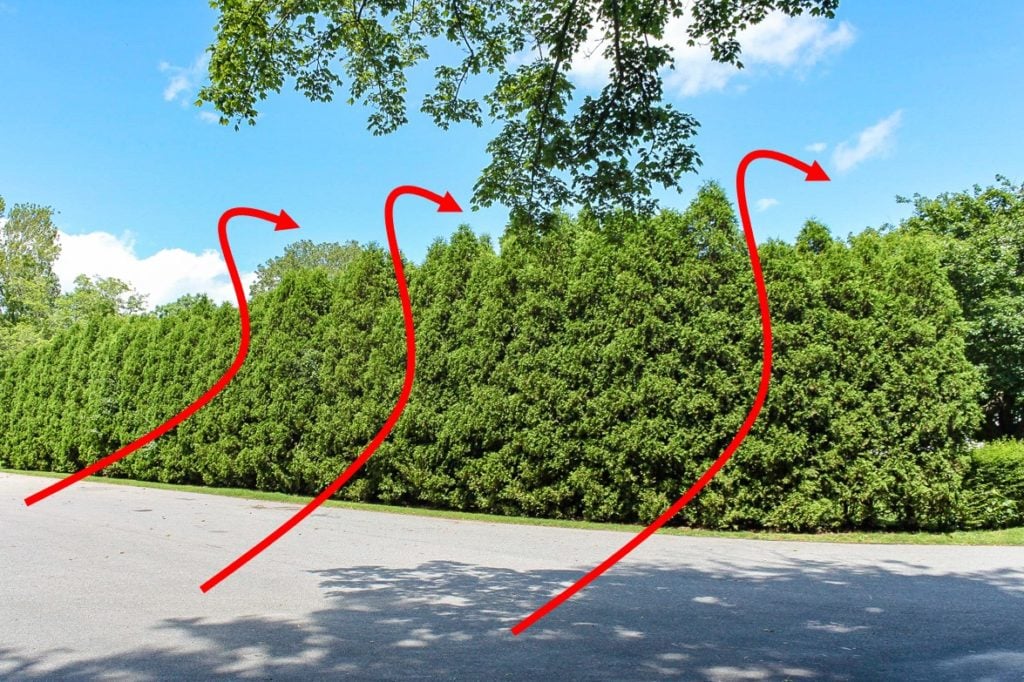
Structure
Trees, shrubs, slopes, outcroppings, hollows, buildings, fences, eaves, and walls make up the structure on your site. Structure can affect wind, sun, soil, and temperature conditions, and all these can affect plant selection and placement. Structure can be especially relevant when it is large: houses and large trees can have profound effects on sun and wind patterns, and in some climates can be responsible for large amounts of snow or rain shedding off the edges. As well, some trees and shrubs have very invasive root systems that can affect the soil conditions on your site by competing with new plants for moisture and nutrients. Take these structures into account when selecting and placing plants.
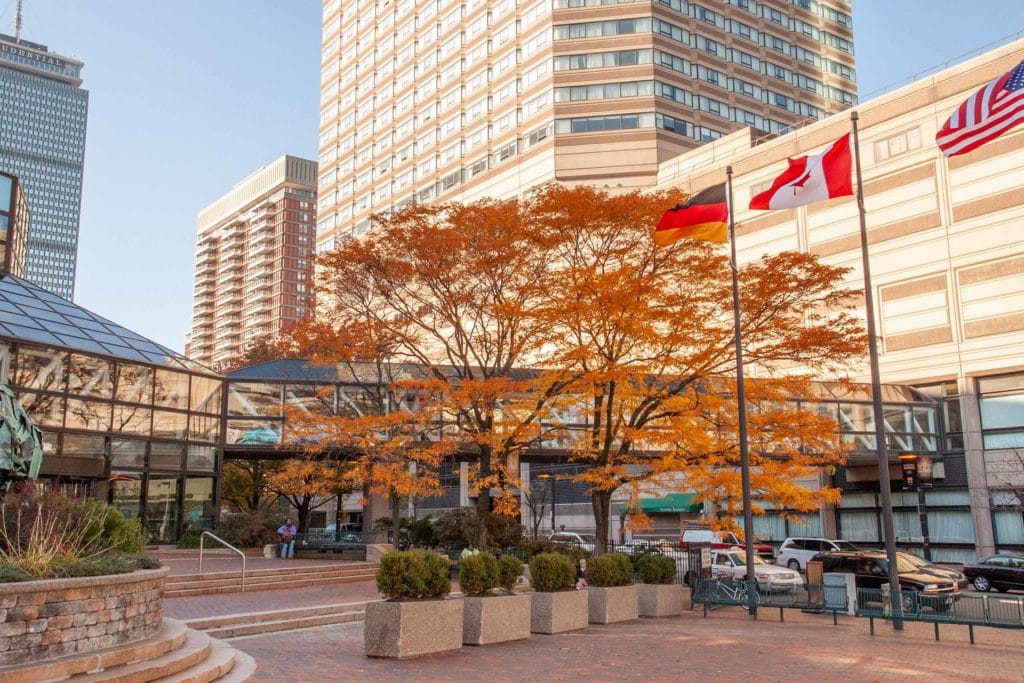
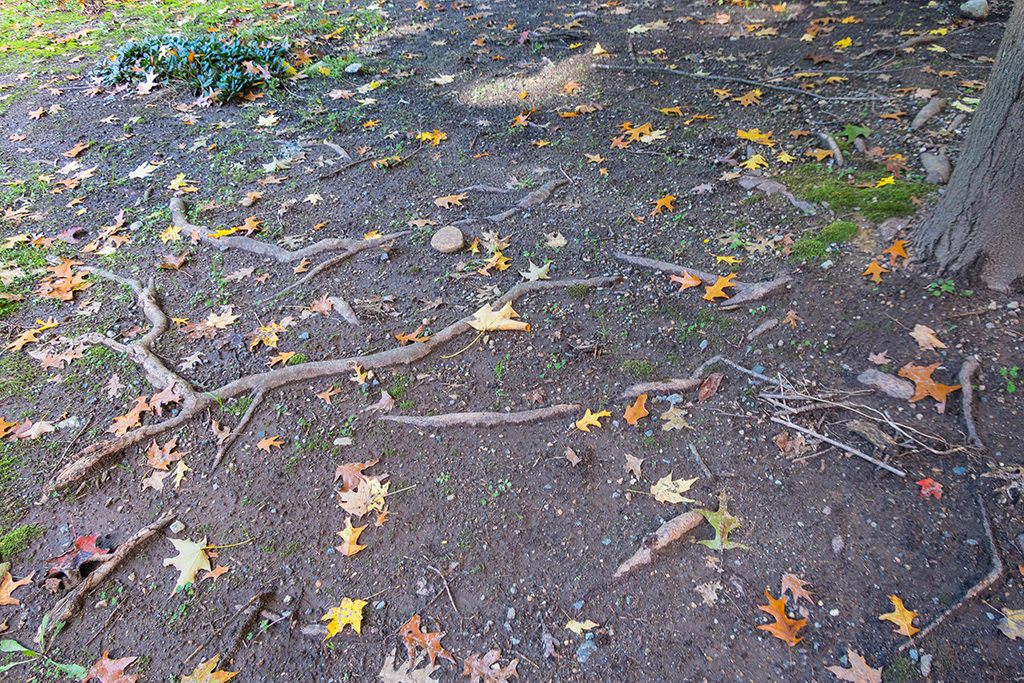
When designing your garden site, bear in mind that what you plant may itself become a microclimate-affecting structure. Small trees get bigger over time, and what was once a full sun part of your site may be full shade in ten years. Also, your choice of plants can affect your soil: for example, years of falling pine needles can make your soil acidic which in turn can affect any plants in the vicinity.
Determining what influence structure will have on wind patterns is not easy. If applicable, notice how snow or leaf drifts form around your property. Areas where bare ground is exposed when the rest of your site has snow or leaf coverage give hints about your wind patterns. If you plan to add structures to your site, try to anticipate how they will affect your wind patterns and place plants where they won’t be damaged. Otherwise, just remember to be concerned about safety if you live in a harsh, stormy climate—trees too close to houses and power lines can be hazardous under some conditions.
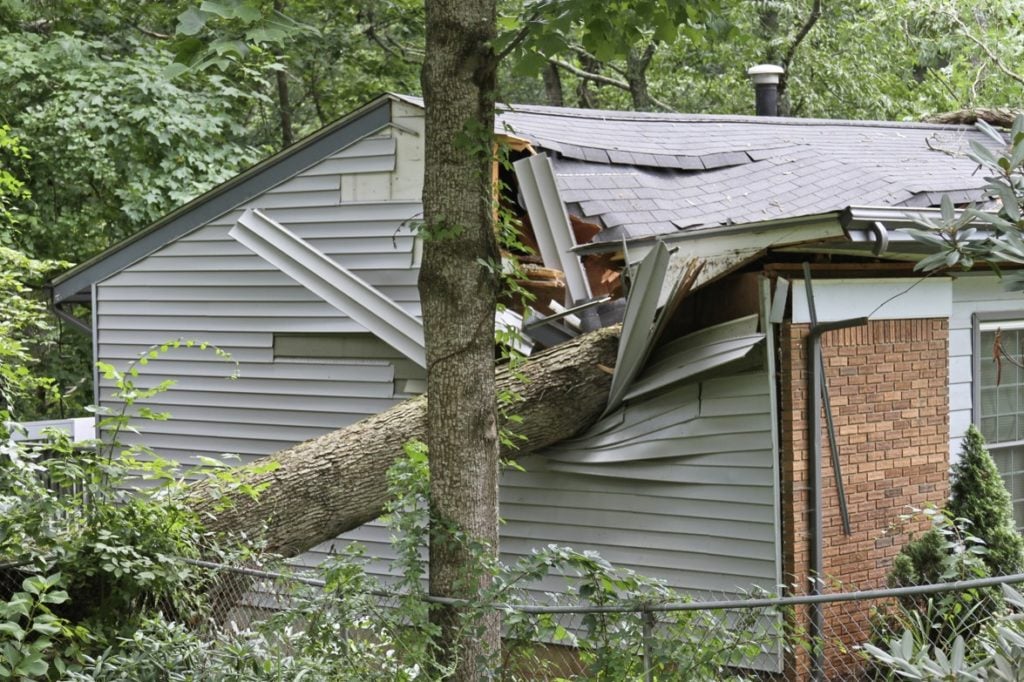
You can remove tree branches or whole trees if you want to get more sunlight into an area (refer to the Pruning lesson covered in Module 8: Maintain for detailed pruning instruction). When removing trees put some thought into it and don’t make hasty decisions—you can’t get that graceful Oak back after you’ve chopped it down.
Caution: Unless you are a skilled arborist, you should consult with a professional tree service before removing large trees or tree limbs.
Variables
Variables are factors that may or may not affect your site. This list is by no means comprehensive, but we tried to get the most important ones:
Utilities
involved, but the best thing to do is contact your local utility-locating service. Typically you can dial 811 on your phone and you will be connected with someone that can assist you. You can also check with your state public utilities commission if you are having trouble finding the service in your area. This service should be provided free and generally only takes a few days to perform. Also, be aware that drainage pipes, low voltage wiring and sprinkler systems should be taken into consideration before you start digging as these items can be close to the surface.
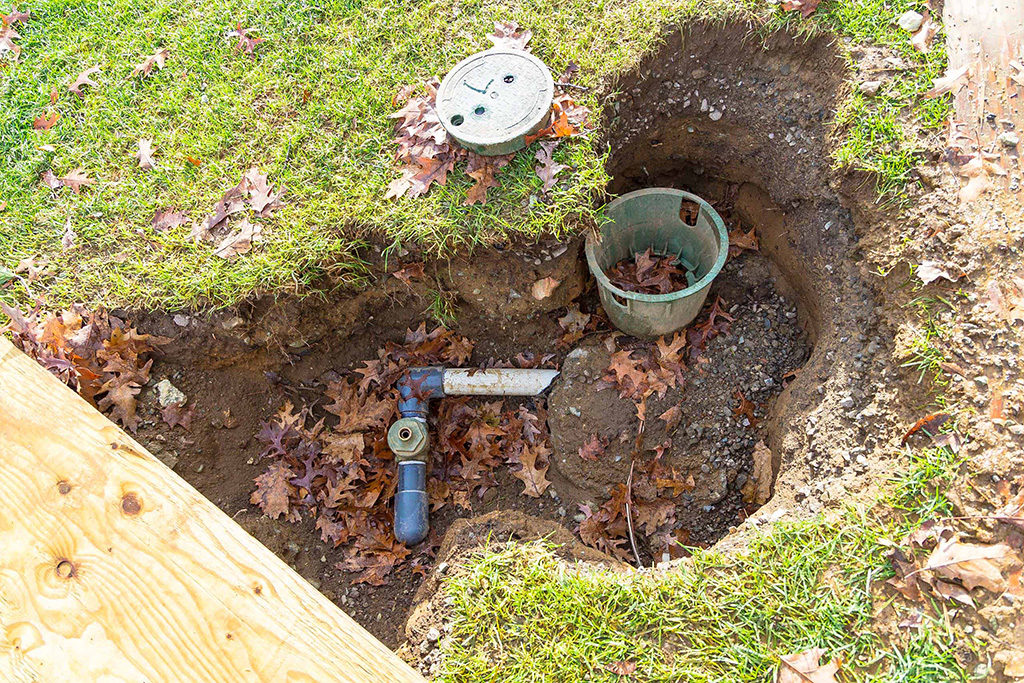
Bear in mind that if you damage a utility cable or pipeline without calling such a service you may be liable for any resulting damage. Also, if you have an overhead power line you’ll want to plan accordingly, i.e., don’t plant a tree that will interfere with a power line.
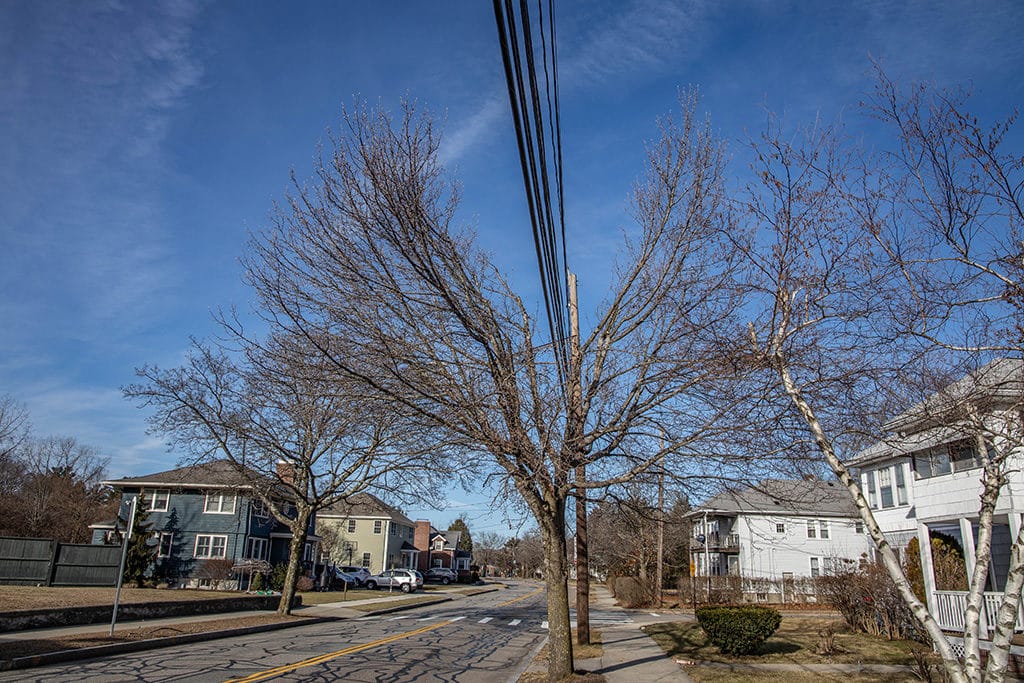
Shallow Soil
You should test your soil depth in the areas you will be planting. If you have only a few inches of soil before you run into bedrock, you will have to either (1) install plants that can tolerate this condition, or (2) consider planting in raised beds. Either way, your nursery staff can recommend plants for this condition. Be aware also that many shallow soil sites have drainage or runoff problems which you may have to solve as well.
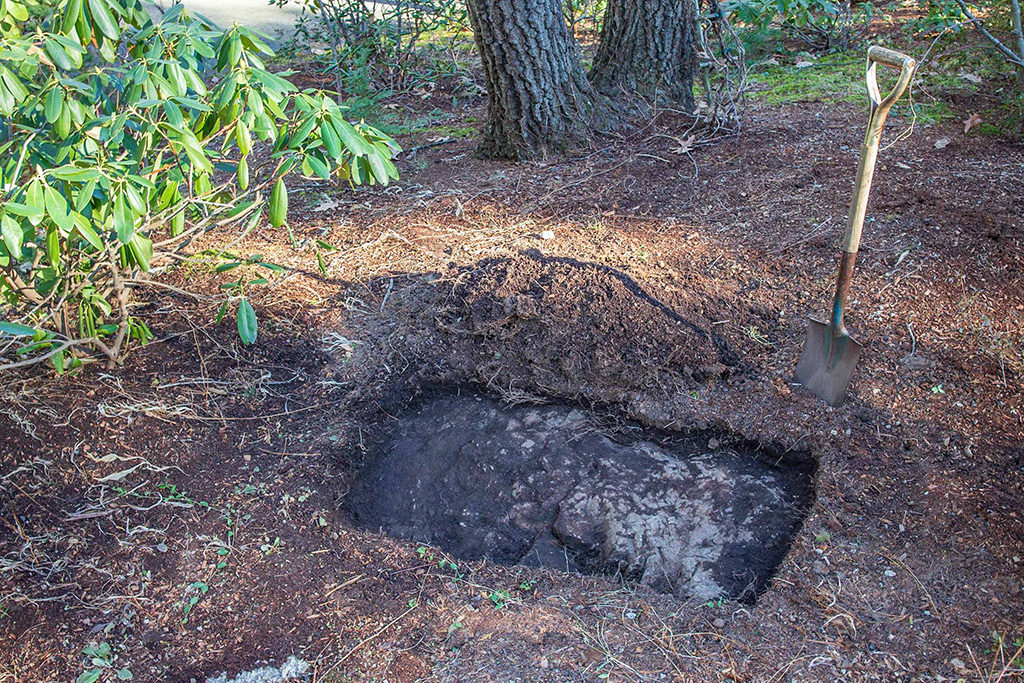
Wet Sites
Too much ground moisture can suffocate many plants. If your site is very close to the water table you may have to select plants that can tolerate a lot of moisture. Sites near ponds, streams, and swamps can be very moist throughout the year; sometimes the water table is high even though there is no surface water nearby, and that keeps the soil very moist.
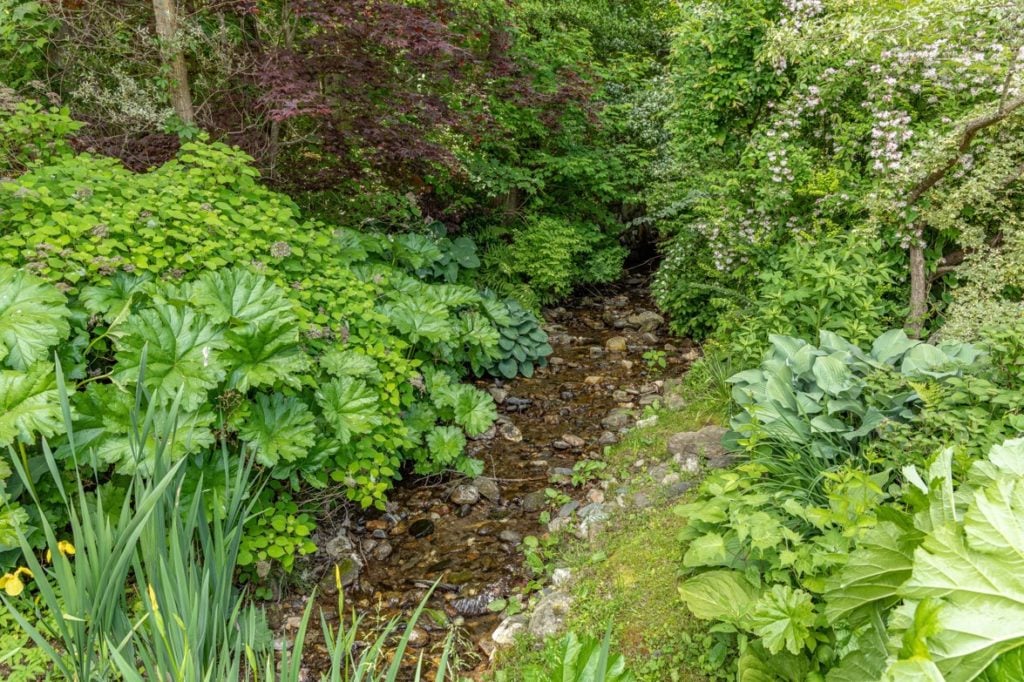
Some areas are prone to seasonal moisture due to heavy rains and flooding. If you are blessed with such a site, try to determine the average affected area and select plants that can tolerate your conditions. In Module 5: Prepare we provide details about drainage solutions you can use as well. Finally, your nursery can suggest plants that are suited to overly moist conditions.
Salt
If you live near a seashore or near roads that are salted during the winter, your plants can suffer salt damage. Salt spray can burn or kill plants (especially evergreens) so be aware of the salt exposure on your site and plant accordingly, put up barriers, or use an anti-desiccant spray on evergreens (refer to Module 8 for details on anti-desiccants). Winter salt spray tends to affect areas close to the roadside; seashore salt spray tends to affect all of your soil so selecting plants that can tolerate higher levels of soil salinity is a good idea.
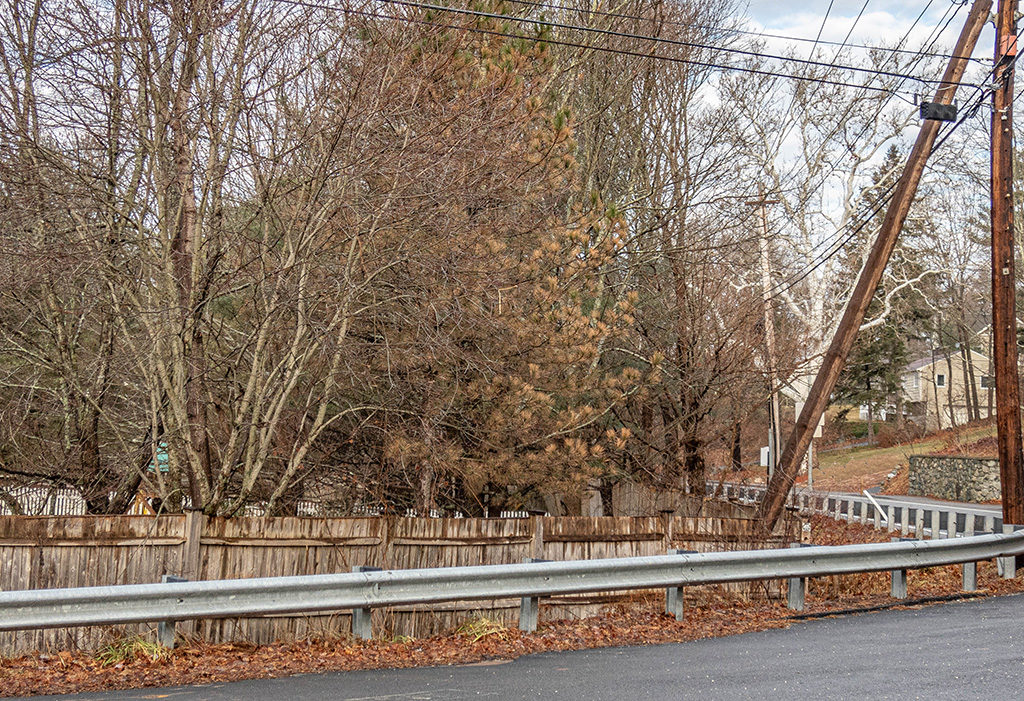
Legal Considerations
Before undertaking any major landscaping on your site, check for local codes that may restrict fences, walls, or plant locations. Know exactly where your property boundary is, and by all means discuss your plans with your neighbors. All of these things can help prevent a BIG headache after you finish your project.
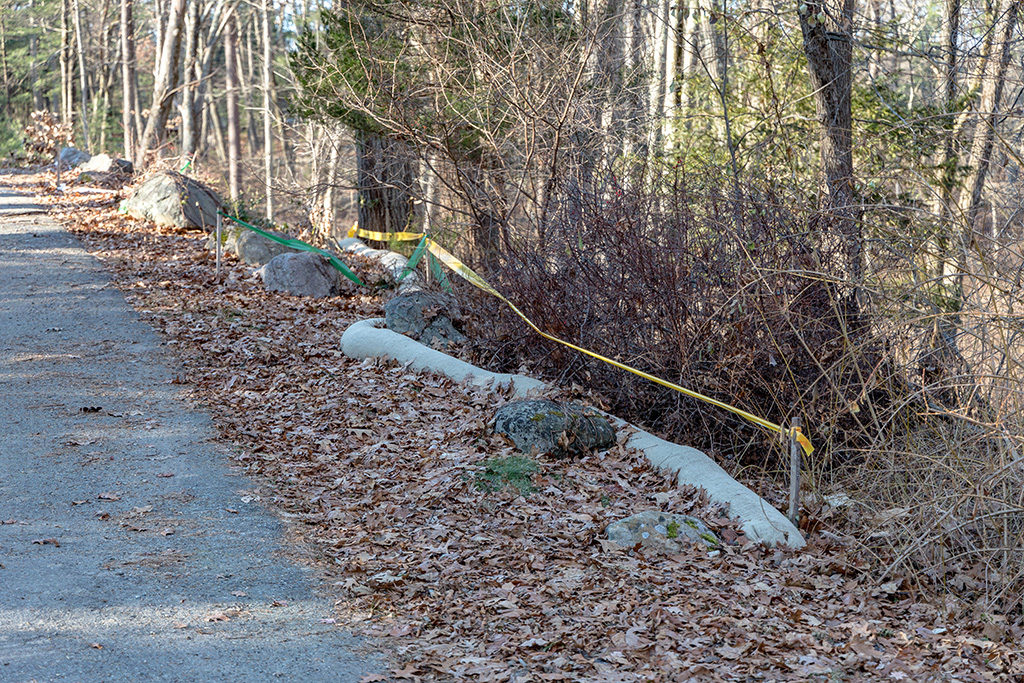
Animals
Deer, rabbits, woodchucks, moles, and pets can be nice to have around, but they probably want to nibble on your beautiful plants, excrete in your lawn, or dig up your bulbs. Think about how you will handle these problems when you design your garden, not afterwards. Fences, repellents, repellent plants, and your ingenuity can control unwanted visitors.
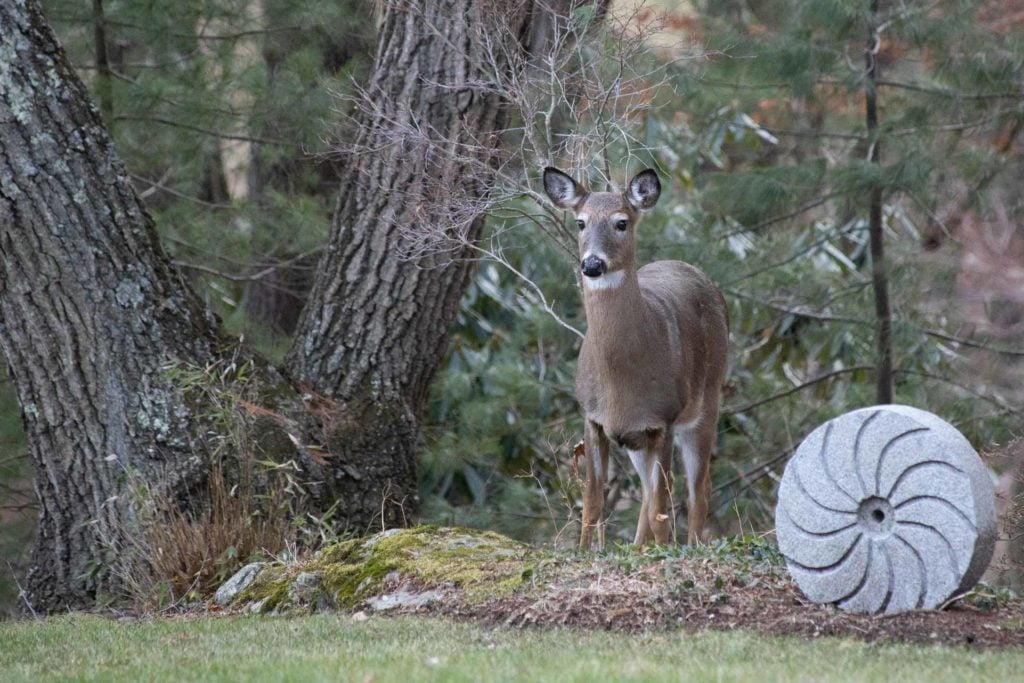
You may find it nice to have a garden that attracts the local wildlife. Just remember: once you invite the animals in, they will not want to leave just because you are tired of them eating your vegetables. If you want animals and try to attract them, be sure you won’t change your mind later. After the local wildlife has tasted your garden, it’s much harder to discourage them from coming back.
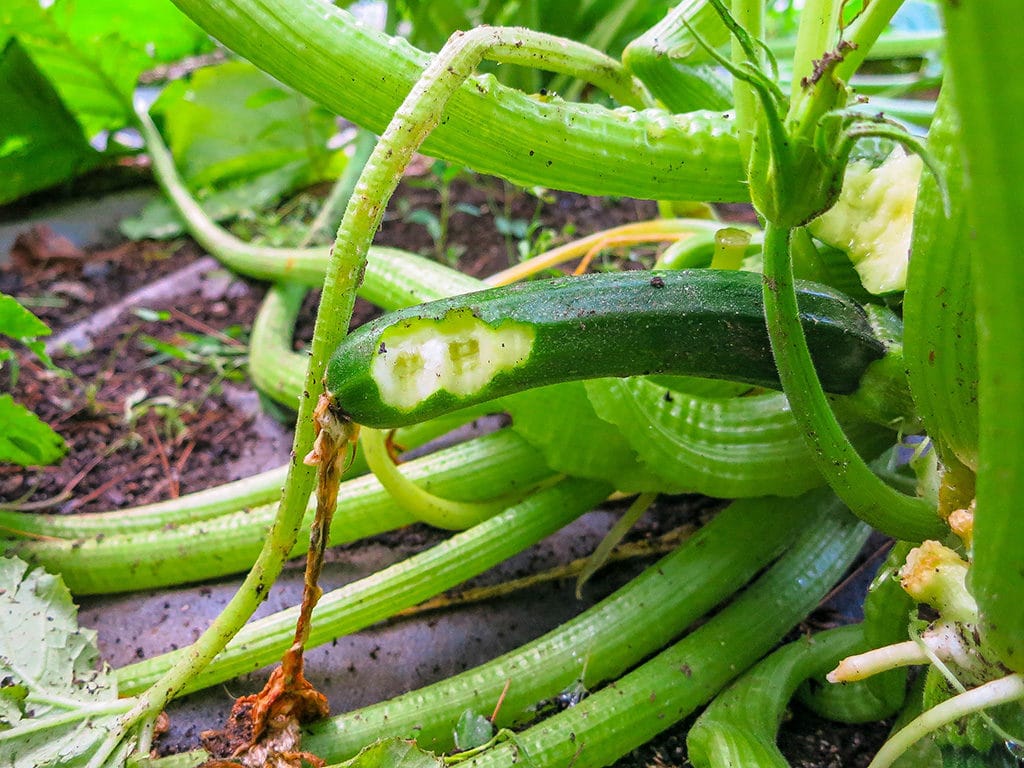
Also, be cautious with all wild animals. They can bite, and they can be rabid.
